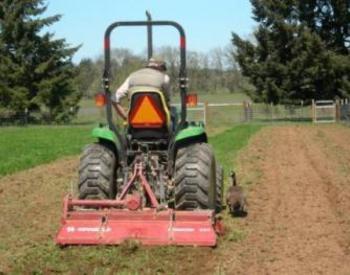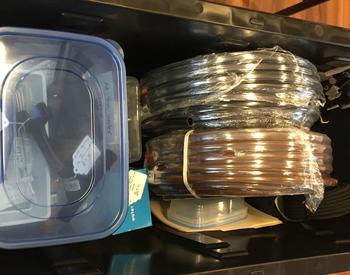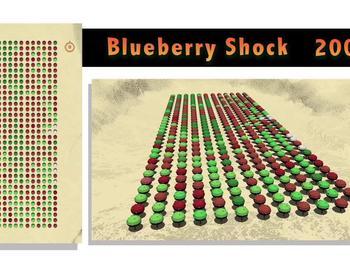Unseasonably cool temperatures put hemp plants at greater risk of root rot and damping-off, especially when hemp plants are transplanted into beds covered with plastic or if plants are overwatered. Cooler, wetter soil conditions promote Pythium root rot.
To manage root rot and damping-off, consider the following actions:
- Monitor seedlings and young plants at least once a week for symptoms of root rot or damping-off (yellowing of foliage, discoloration of lower stem portions or stunting, wilting or dying plants).
- If you notice above-ground symptoms, dig up a portion of the affected plants and examine root and crown and look for gray, brown or black discoloration that indicate rot.
- Optimize water management and avoid overwatering younger plants.
- Apply biofungicides to suppress root rot. Follow the directions on the pesticide label. See the Oregon Department of Agriculture hemp pesticide guide list.
- Submit symptomatic plant samples to the OSU-Corvallis Plant Clinic or OSU-Hermiston Extension Plant Pathology to determine if pathogens are present.
June 2023 had cooler than normal in parts of Oregon in western and southern Oregon. The maximum air temperatures recorded at the Hyslop weather station in Corvallis and at the Rogue Valley International Airport station in Medford were cooler than the 20-year averages for June at the respective weather stations. The maximum air temperature in Medford was 92° Fahrenheit for June 2023, while the 20-year average is 99.4°F. The average temperature at the Medford station was 76.6°F and the 20-year average June temperature is 80.4°F at this station. The average temperature for June 2023 at the Hyslop station was 73.6°F and the 20-year average for June is 76.9°F.
See the newsletter article “Hemp Seedling Diseases and Their Management in the Pacific Northwest” for more information.
Use pesticides safely!
- Wear protective clothing and safety devices as recommended on the label. Bathe or shower after each use.
- Read the pesticide label—even if you’ve used the pesticide before. Follow closely the instructions on the label (and any other directions you have).
- Be cautious when you apply pesticides. Know your legal responsibility as a pesticide applicator. You may be liable for injury or damage resulting from pesticide use.



















